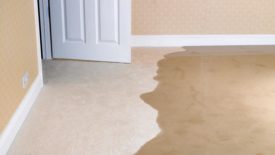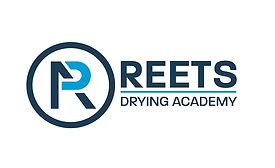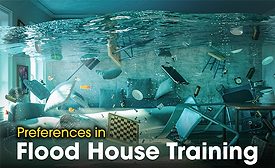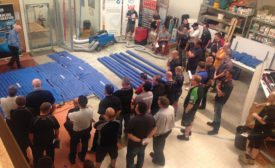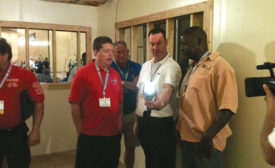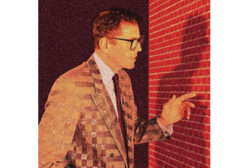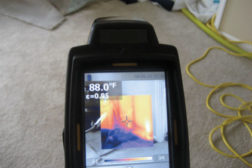Home » Keywords » flood house
Items Tagged with 'flood house'
ARTICLES
How Drying in a Flood House Compares to Drying Structures in the Field
Pulling the Curtain Back on 3 Key Drying School Secrets
Read More
If These Walls Could Talk…
The lessons learned in a flood house are the lessons that can change your business for the better
Read More
Get our new eMagazine delivered to your inbox every month.
Stay in the know on the latest disaster restoration and remediation trends.
SUBSCRIBE TODAY!Copyright ©2022. All Rights Reserved BNP Media.
Design, CMS, Hosting & Web Development :: ePublishing


